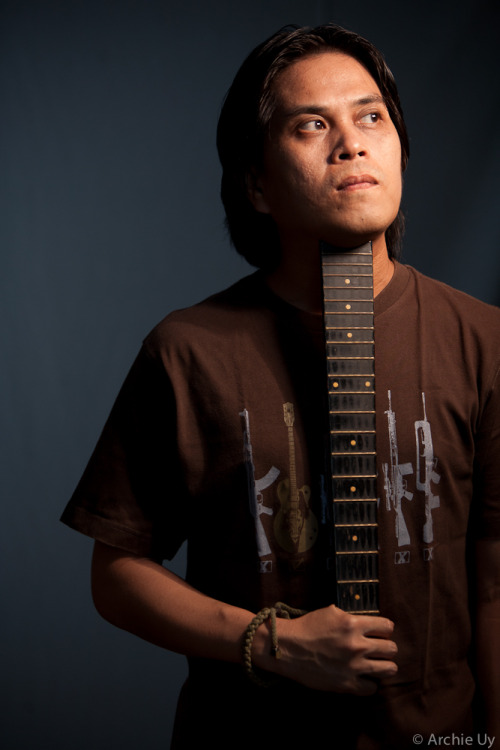 |
| Orange and Lemons (photo source: http://fr.babelsound.com/orange-and-lemons) |
First off, I’d like to point out that this is in no way defending ONL between those who initiated the dispute. The general question I’d like to raise here is if it was an infringement? In my attempt to base my points of view on facts instead of subscribing to some envious new wave group’s criticisms, I am writing this article in the hope of explaining on the context of copyright infringement.
Copyright infringement is when a copyrighted work is being performed, broadcasted in public, uploaded for online distribution without authorization from its owner and with no fees paid as required by law.
For any lawyer or other rightful entity to prove that there is infringement, there must be a substantial evidence to prove that the songwriter supposedly guilty of infringement had access to the original copyrighted work being made. This is the first basis.
To cite an example, a political candidate running for a position in the government in May 2007 used Insoy Niñal’s song “Prinsipal” as an official election campaign jingle. The Cebuano composer confided that there was no permission initiated. What made it worse was that the lyrics were altered to fit the candidate’s campaign platform.
By definition, this is a clear case of infringement and the political candidate and his campaign representatives are guilty. In this incident, there are actually two unlawful act made. The unauthorized use of the song for an election campaign is one. Then there’s the underlying issue of the misrepresentation of the copyrighted material because when Insoy wrote “Prinsipal”, it was not intended for political use.
 |
| Insoy Niñal Photo by Archie Uy (Tumblr.com) |
Call it a rip-off if you may as that’s what everybody thinks. But I believe the issue was and still is an opinion of the masses. Ergo, it’s neither right or wrong.
Misrepresentation is a huge issue and in fact, when songs are made as commercial jingles, ad agencies convince publishers and songwriters by offering to pay a hefty sum of money. Or at least they used to. This being the usual and logically the appropriate approach, is the price the advertisers have to practically pay to the copyright owners understanding that both parties know that the song in question is valuable to the product being promoted.
The second type of infringement is the unauthorized use of substantial portions of a copyrighted work. Earlier, I cited “Pinoy Ako” being once the favorite subject of scrutiny and criticism among new wave fans debating that the hit song is identical to that pre-existing European track.
As I attempt to explain infringement and the application it served to this dispute, it is of my interest to present examples of situations in the hope of displaying a comprehensive perspective of this issue.
Another note is that the songs were managed by different record companies.
“Pinoy Ako” vs “Chandelier”
The copyright law was conceived to protect the songwriters and music publisher’s rights to a song but not to judge who owns what. No matter how solid and obvious the claim is as in the case of the dispute between “Pinoy Ako” and “Chandelier”, the only way to prove that both songs are the same or identical is to present each of the song’s music sheets in court.
The second proof of evidence is to present music sheets, a certified proof of evidence. that there was an infringement or that the European song was copied. Another solid proof of evidence is if there is proof of access to the copyrighted work (as I mentioned earlier). Even if the issue caught the national media’s attention and no matter how massive the protest of this issue was among new wave fanatics, the last word on the judgment of copyright infringement still lies in court.
Copyright, though it may sound simple in theory can be complicated when applied to actual situations. Many gray areas arise and this becomes a venue to manipulate the facts and evidences. In court it’s not what you know but what your lawyer can do with what you know to win a case.
To conclude, of both types of infringement and their respective examples that I presented here, the political candidate is, without any doubt and stating the obvious, is guilty of infringement. In the second case, the “Pinoy Ako” issue that raised national attention is still but a public opinion and unless a music sheet and a substantial proof of evidence that access to “Chandelier” is presented confidently in court, there is probably no infringement made.

No comments:
Post a Comment